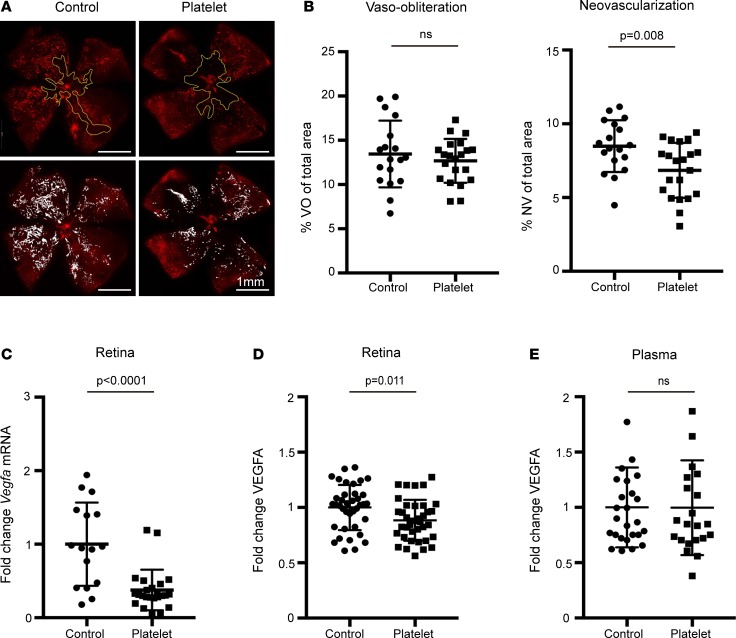Figure 4. Platelet transfusion in the OIR mouse model.
On P15 and P16, mouse pups with OIR were injected retro-orbitally with isolated concentrated washed platelets (2.6 × 106 to 3.3 × 106 platelets/μl) from adult C57/Bl6 mice (n = 21 eyes) or PBS (n = 18 eyes). (A) Representative images show the area of avascular retina or vaso-obliteration (VO) (outlined in yellow lines) in whole-mounted retina of treated (upper right panel) and control (upper left panel) pups. White areas illustrate neovascularization (NV) in treated (lower right) vs. control (lower left) pups. (B) The VO area was unchanged in control pups vs. platelet transfused pups (P = 0.446). The NV area was significantly decreased in platelet transfused pups vs. control (P = 0.008). (C) Measurement of Vegfa mRNA expression in the retina at P17. Vegfa mRNA expression was decreased after platelet transfusion (n = 12 eyes; 2 technical repeats) compared with the control group (n = 8 eyes; 2 technical repeats) (P < 0.0001). (D) ELISA VEGFA protein analysis of retina at P17. VEGFA protein expression was decreased after platelet transfusion (n = 19 eyes; 2 technical repeats) compared with the control group (n = 19 eyes; 2 technical repeats) (P = 0.011). (E) ELISA measurements of plasma VEGFA protein at P17 revealed no significant difference after platelet depletion (n = 11; 2 technical repeats) compared with the control group (n = 12; 2 technical repeats) (P = 0.84). Unpaired t test was used for statistical analysis. Data represent mean ± SD.

